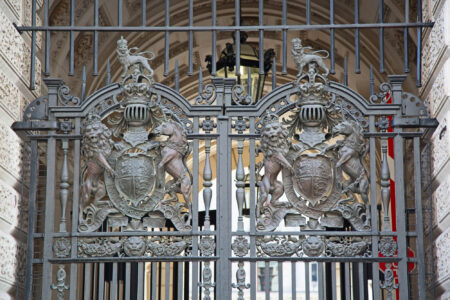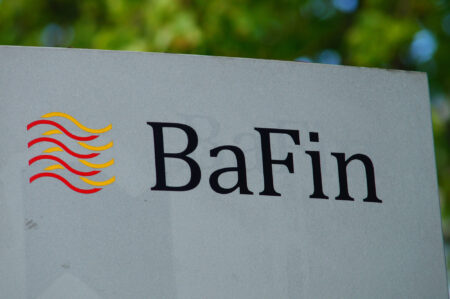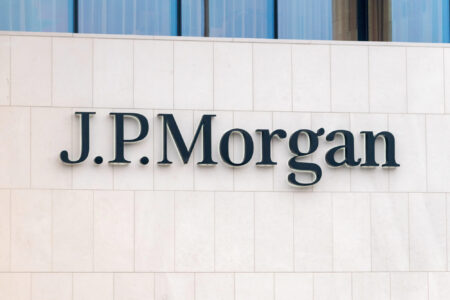What has been happening this week around blockchain and digital assets? The most relevant local and international events as well as appealing background reports in a pointed and compact review.
Selected articles of the week:
Stablecoins have established themselves as essential pillars in the world of digital assets over the past few years. They are involved in the most traded cryptocurrency pairs and are considered a safe haven against volatile cryptocurrencies due to their peg to a fiat currency. However, existing stablecoins contain significant differences in their respective collateralization mechanisms. Investors in the Terra-UST ecosystem had to painfully experience a total loss last week, realizing that the category of algorithmic stablecoins is subject to massive vulnerabilities compared to alternative types of collateralization. A post mortem summary of the $60 billion disaster.
The collapse of the largest algorithmic stablecoin, TerraUSD (UST), ends the dreams of an unsecured dollar token.
Essential in the crypto ecosystem, stablecoins make a significant contribution to blockchain based financial innovation. The collapse of the Terra stablecoin universe also caught the attention of regulators. In the United Kingdom, which is aiming to become a stablecoin hub, the British Treasury weighed in. Prioritized stablecoin regulation would cover the use of centrally collateralized stablecoins, while algorithmic variants would be excluded from the legal framework due to their questionable stability.
The Treasury of the United Kingdom is open to regulating fiat-backed stablecoins for payments and wants them under the watch of the FCA.
Digital assets are becoming increasingly integrated into the service offerings of traditional financial institutions globally. Last year, this was most visible among major US banks, but European banks were also starting to take notice of this emerging asset class in their strategies. For one of the largest European asset managers, digital assets are now essential to their planning process.
The Julius Baer Group recognizes the potential of digital assets and aligns its strategy accordingly to avoid missing opportunities.
The latest Executive Order from President Biden marks a turning point in cryptocurrency regulation. With cross-agency processes, the United States is moving closer to a comprehensive cryptocurrency regulatory framework that will ensure the continued development of the crypto industry.
Ongoing regulatory uncertainty has limited the general adoption and growth of crypto in US. With new regulations, this could come to an end.
In addition: This week, the German Federal Financial Supervisory Authority (BaFin) also commented on the issue, saying that digital innovation should be allowed and not over-regulated. Notes from the G7 circle signaled a priority to regulate the space of decentralized finance (DeFi) and stablecoins.
In view of the recent developments in the crypto sector, BaFin as well as the G7 are trying to create new uniform regulations.









